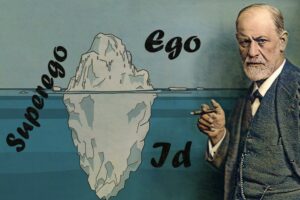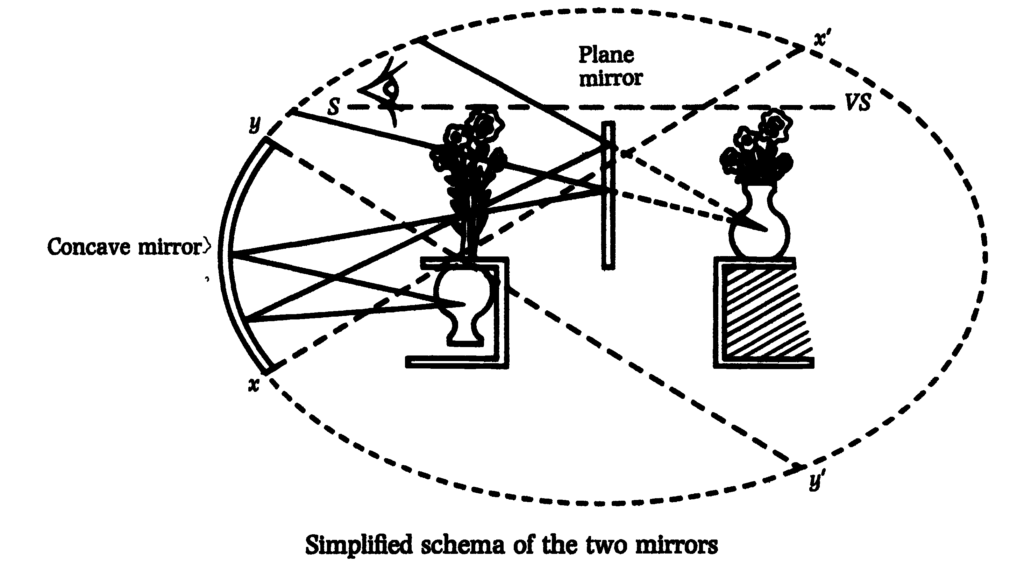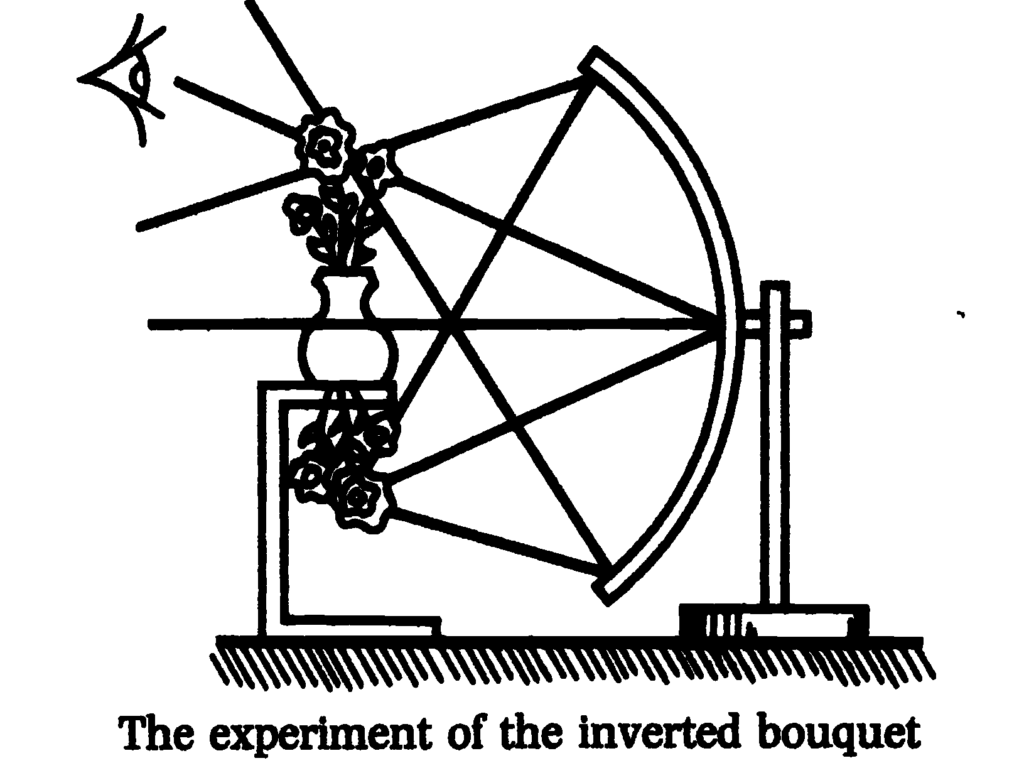Now I already knew from the analysis of similar cases that before hysteria can be acquired for the first time one essential condition must be fulfilled: an idea must be intentionally repressed from consciousness and excluded from associative modification. In my view this intentional repression is also the basis for the conversion, whether total or partial, of the sum of excitation. The sum of excitation, being cut off from psychical association, finds its way all the more easily along the wrong path to a somatic innervation. The basis for repression itself can only be a feeling of unpleasure, the incompatibility between the single idea that is to be repressed and the dominant mass of ideas constituting the ego. The repressed idea takes its revenge, however, by becoming pathogenic.
Sigmund Freud, Joseph Breuer, STUDIES ON HYSTERIA (1893-1895), p. 87
Or, l’analyse de cas analogues m’avait appris que l’on découvre immanquablement dans tous les cas d’hystérie nouvellement acquise, une cause psychique et qu’il faut qu’une certaine représentation ait été intentionnellement refoulée du conscient et exclue de l’élaboration associative. C’est dans ce refoulement intentionnel que gît, à mon avis, le motif de la conversion totale ou partielle de la somme d’excitation. Cette somme qui n’est pas destinée à entrer dans une association psychique trouve d’autant plus facilement un mauvais débouché vers l’innervation corporelle. Ce refoulement ne peut être dû qu’à un sentiment de déplaisir, celui de l’incompatibilité de l’idée à refouler avec l’ensemble des représentations dominantes du moi. L’idée refoulée se venge alors en devenant parthogène.
Sigmund Freud, Joseph Breuer, Etudes sur l’hystérie (1893-1895), Puf, Paris, 2007, p. 91


